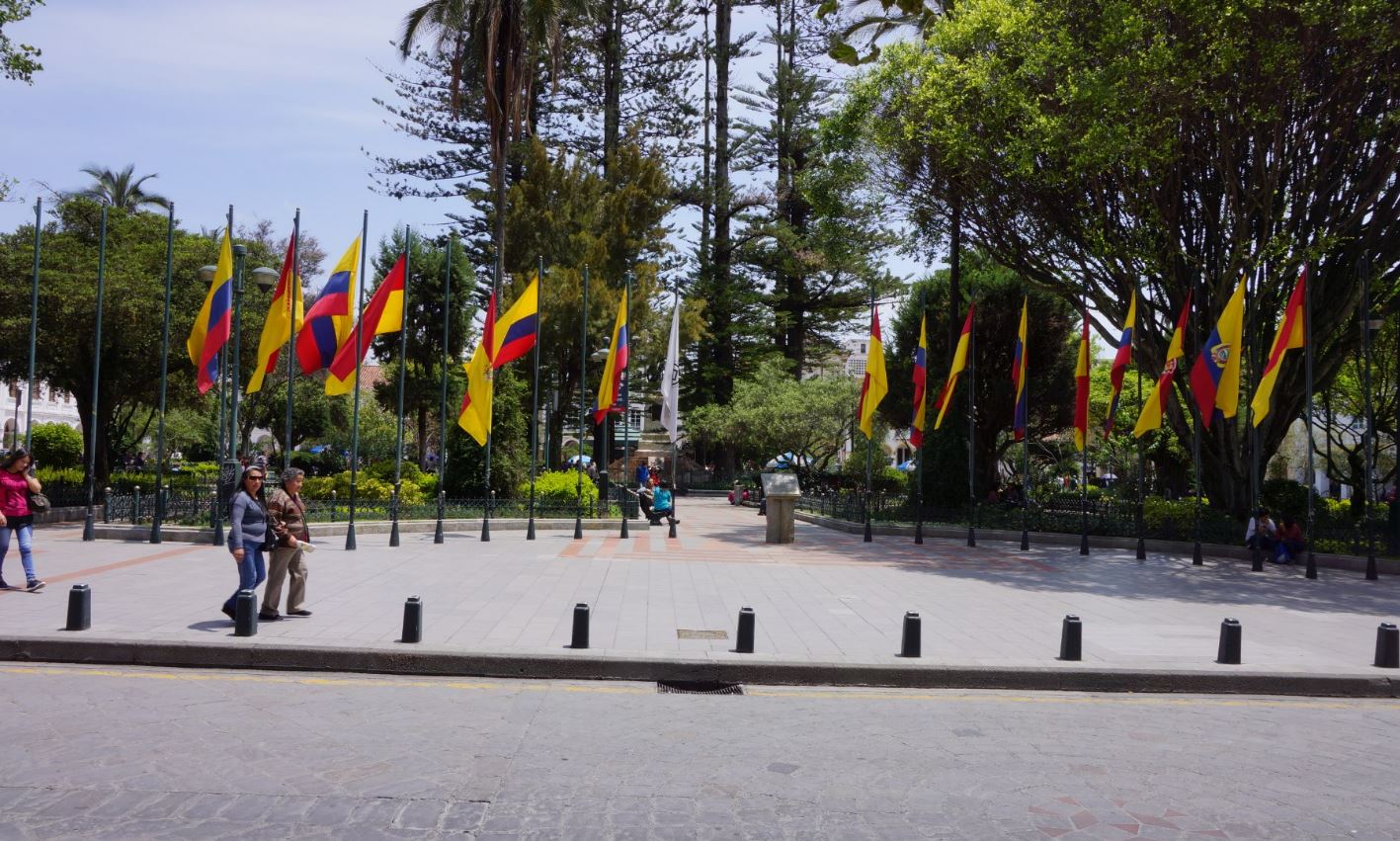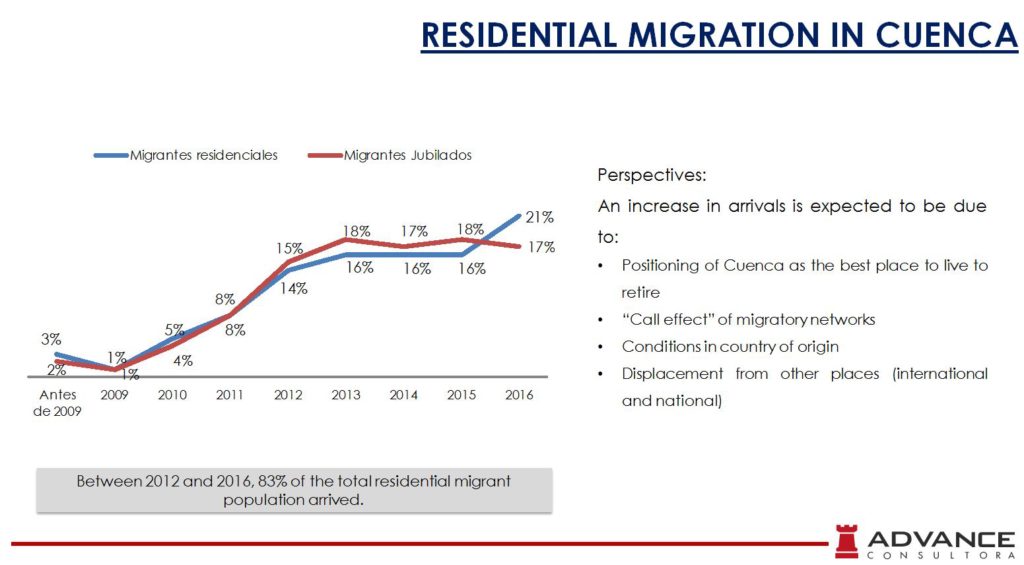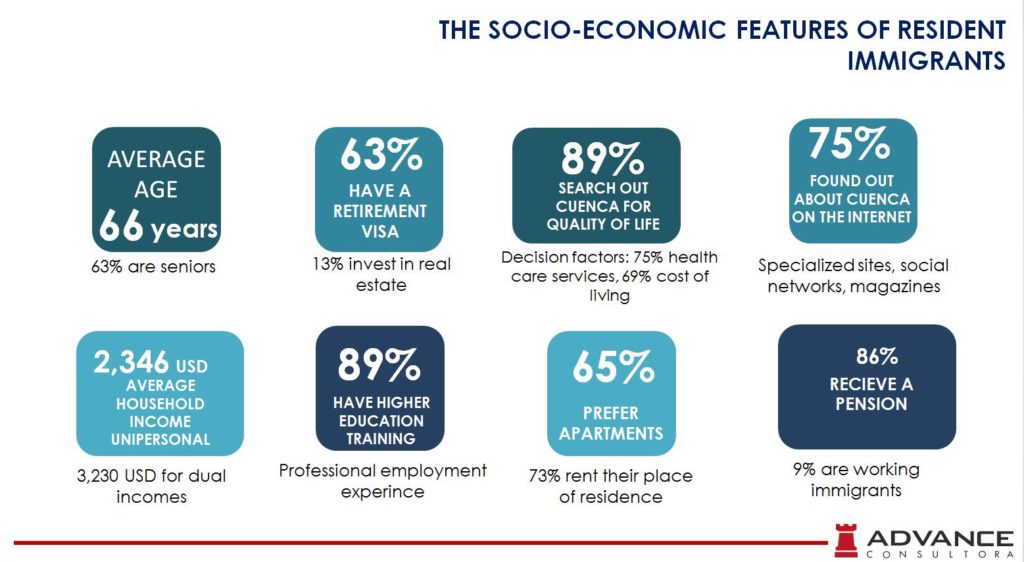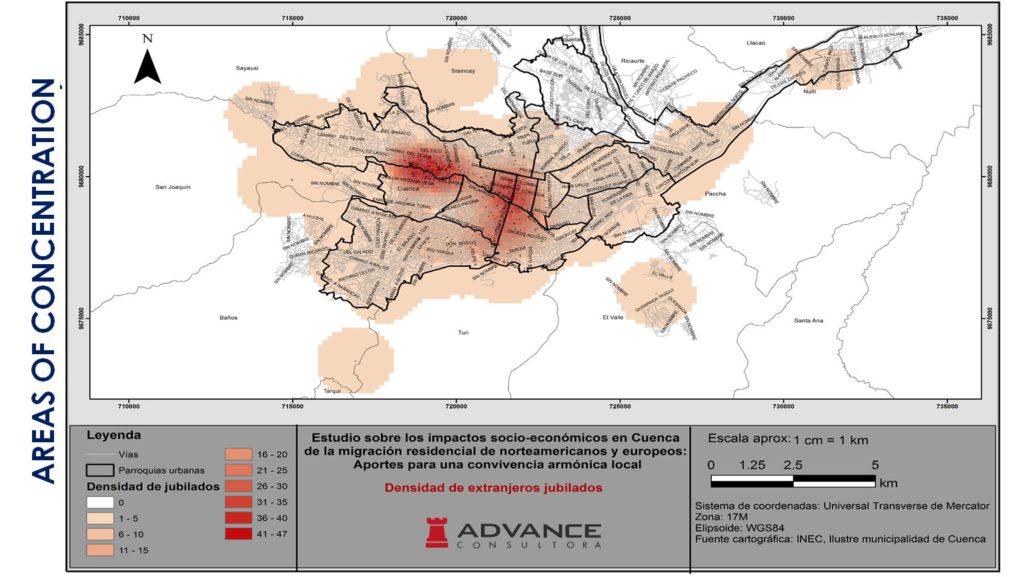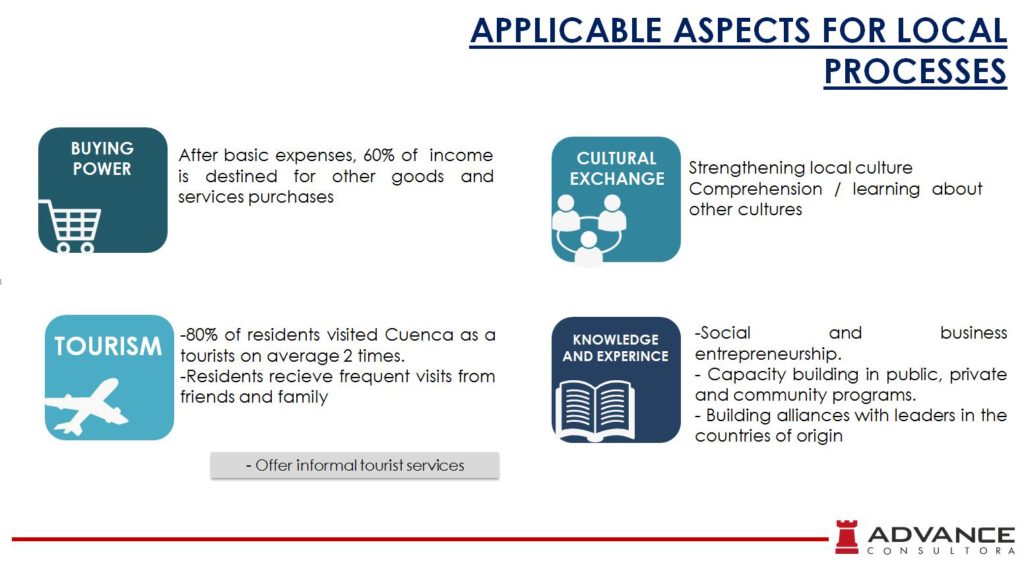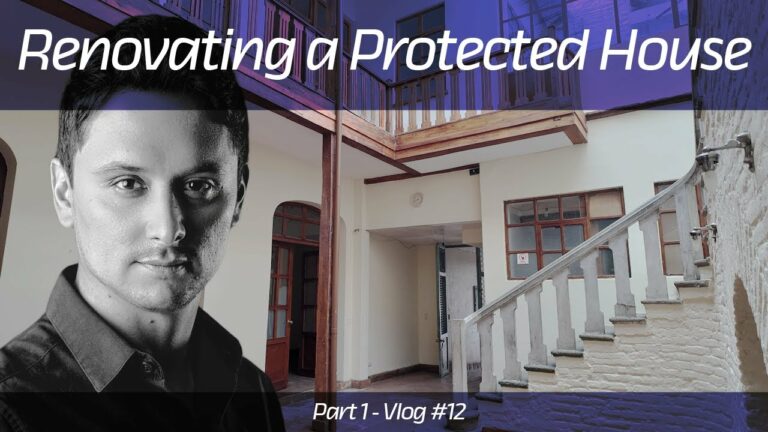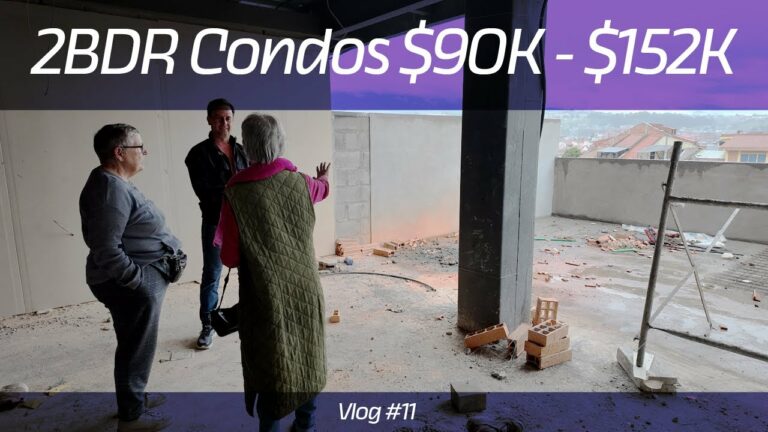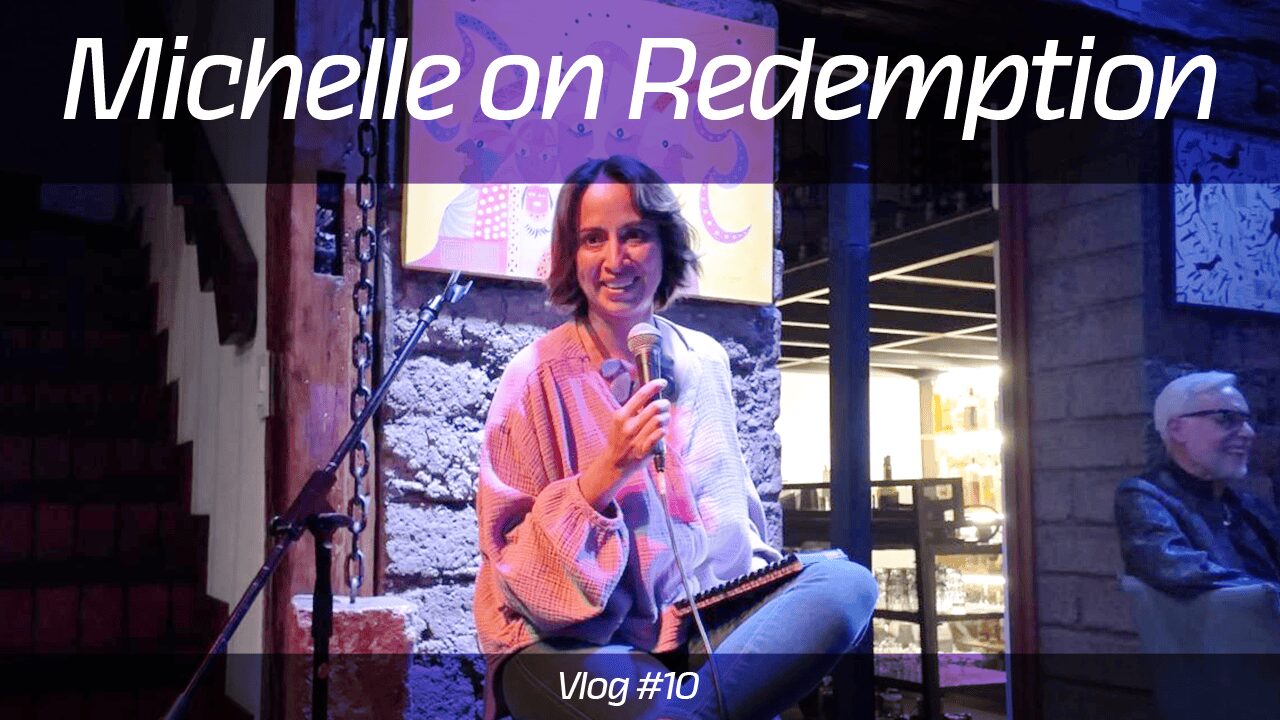
The director of External Relations, Paulina Crespo reported that the study seeks to characterize the “residential migrants” in Cuenca, the impact of that migration to the city of Cuenca, and propose strategies and public policies to be carried out by the Mayor of Cuenca to minimize the negative impacts and enhance the positive.
The study provided statistical data on the migrant population in the city, collecting information about country of origin, year of arrival, level of education, income level and activities carried out in Cuenca, among other data.
The main economic impacts analyzed were in relation to the consumption of goods and services, foreign exchange, tourism, incidence in the labour market and access to and consumption of public services.
Study Summary & Context
- 84% of migrants in Cuenca come from the US
- The residential migration of retirement in the city begins in 2009 and has increased from 2012.
- Residential migration is contemporary and involves mainly people moving from developed to developing countries.
- Although residential migration is marginal relative to global migration, its impact on destination places has become very significant.
- A study by Watson University (2012) estimated that, 350,000 retirees from the United States, receive their pensions outside their country – there is interest in some countries for attracting this community.
- The main population involved in this modality are the so-called baby boomers (born between 1945 and 1965, who have a high level of education and high economic, social and political influence).
- Residential migration is based on economic factors and the search for conditions that ensure a better quality of life in old age: climate, health services, amenities, among others
The complete study will be available on the Alcaldia of Cuenca website in the upcoming days. Once available, we will share the link with our readers as well as a translated executive summary of the report in English.
“Study on Socio-Economic Impacts in Cuenca on the Residential Migration of North Americans and Europeans: Suggestions for A Harmonious Coexistence.”
Presentation Overview
[color-box color=”gray”]

The primary purpose of this agreement is to provide information from the Municipality of Cuenca in the English language.
This exclusive agreement between the Mayor of Cuenca, Marcelo Cabrera, and Gringo Tree gives legal and authorized permission for Gringo Tree to officially translate the municipality’s information to English. This information will then be published on the website, helping to increase the international profile of Cuenca, making it more accessible for all English speakers, considering that Cuenca is a worldwide tourist destination.
The Mayor added that this agreement is intended so that the city is accessible to all people.
The main information that will be translated will focus on living and travelling in Ecuador, specifically Cuenca, with the aim to help local citizens and tourists discover the city.
Gringo Tree, as the official link between the City of Cuenca & the expat community, will seek to provide accurate, relevant and interesting information for English and Spanish speakers in Ecuador.
Click Here to read more from the Municipality of Cuenca
[/color-box]

